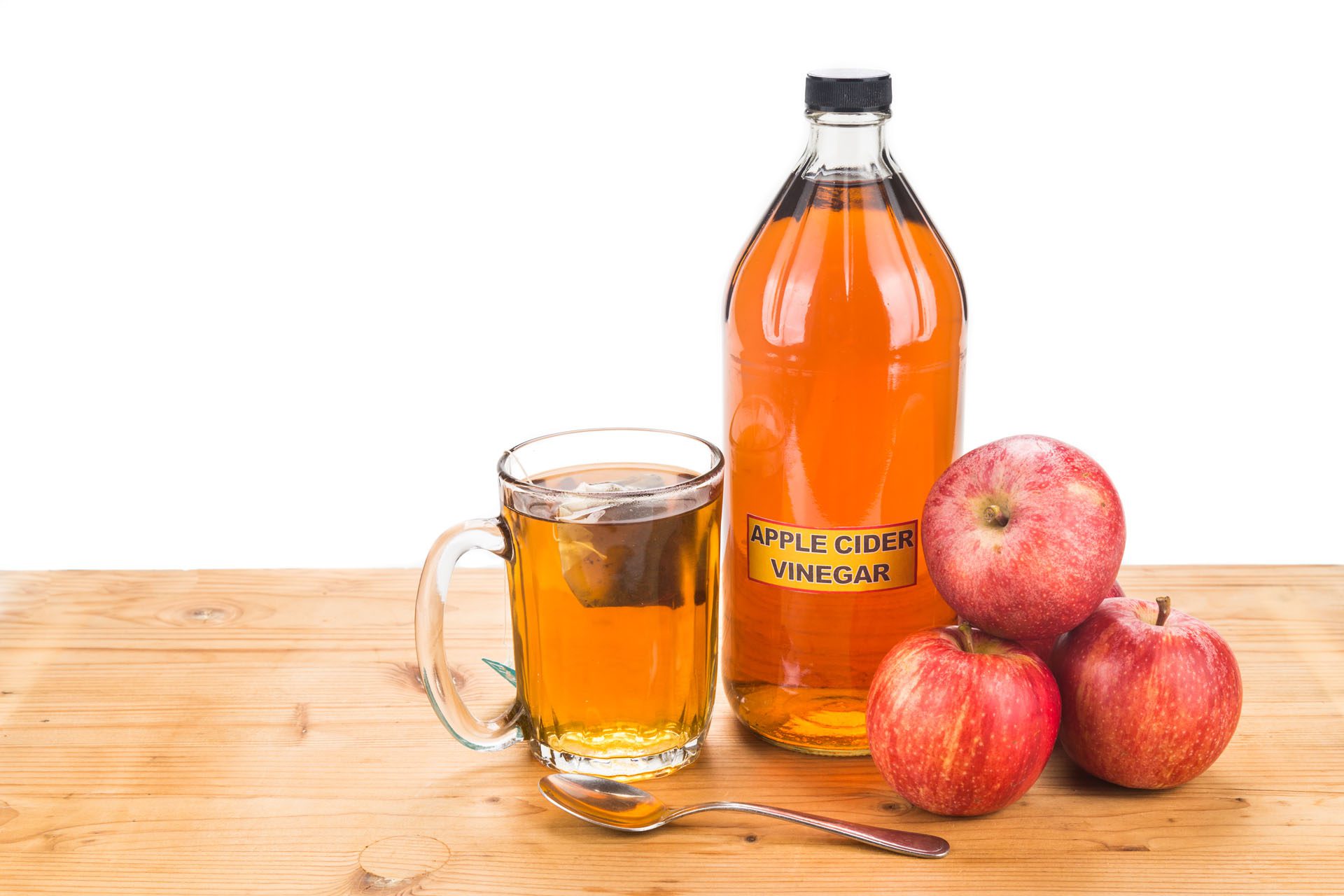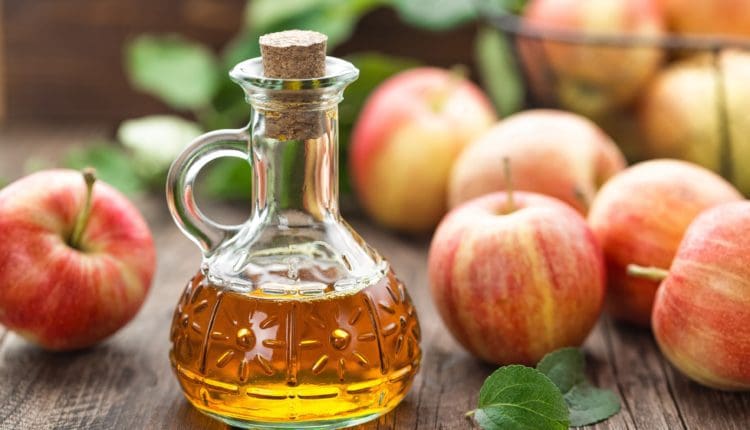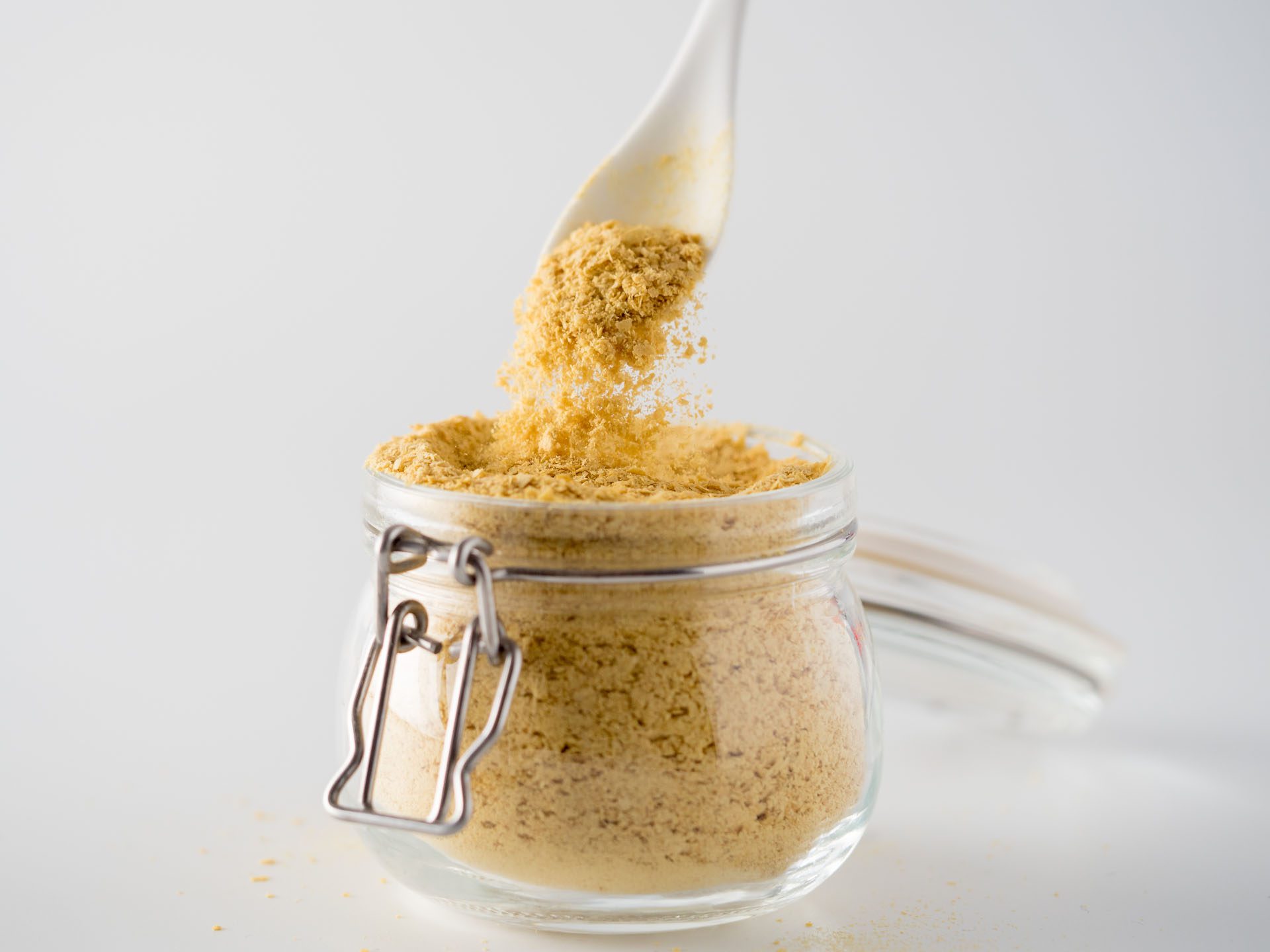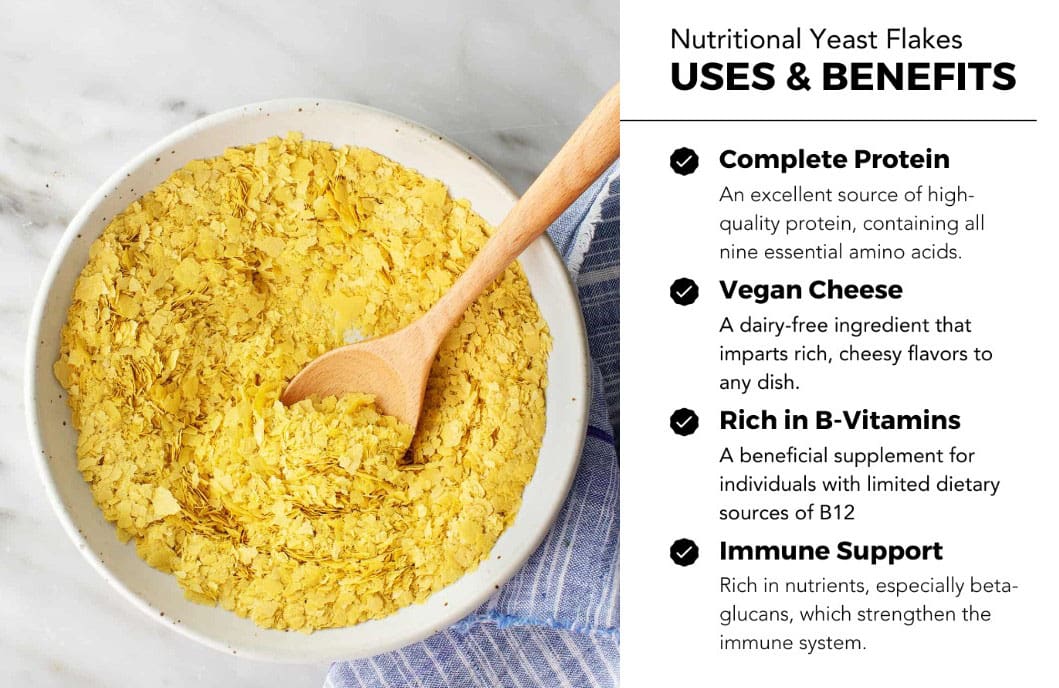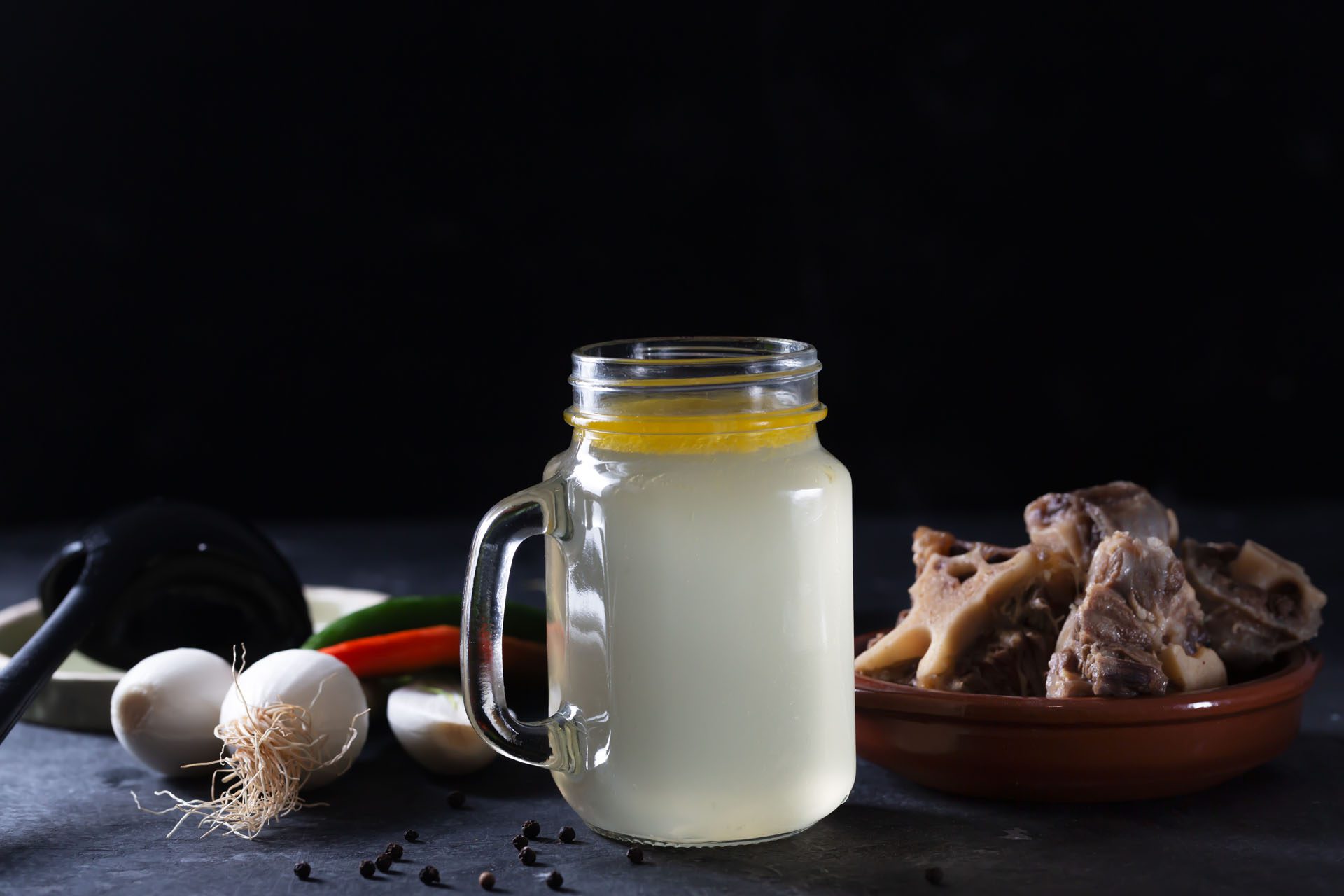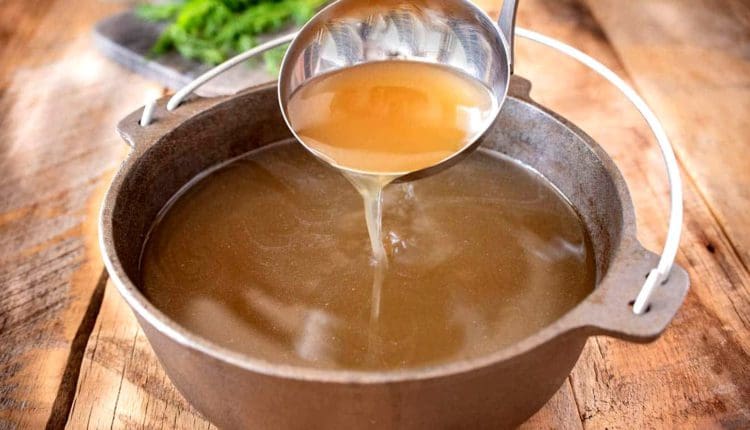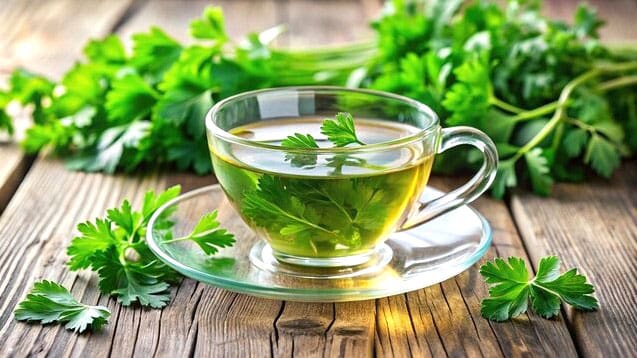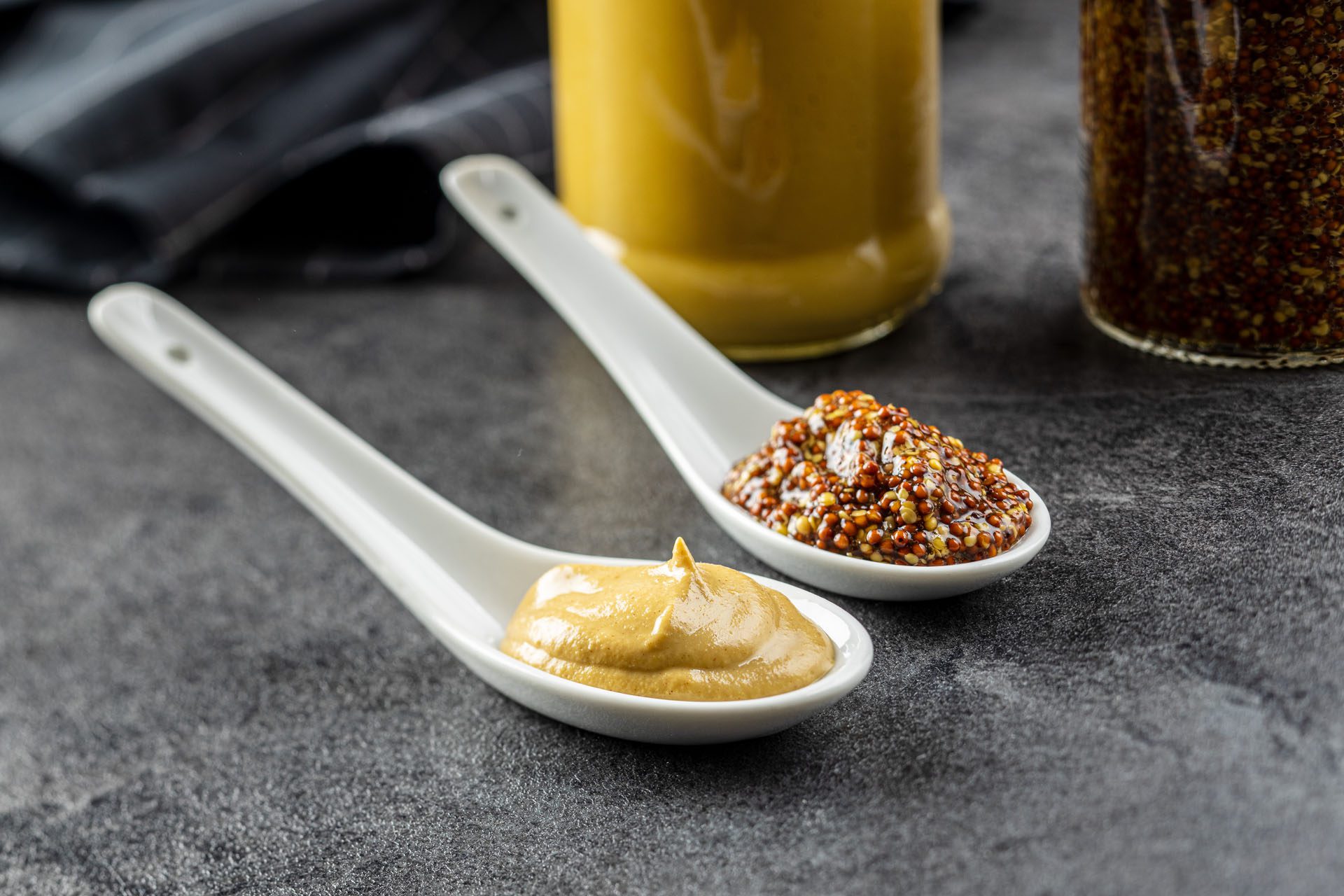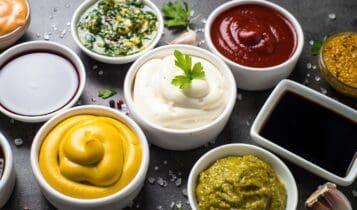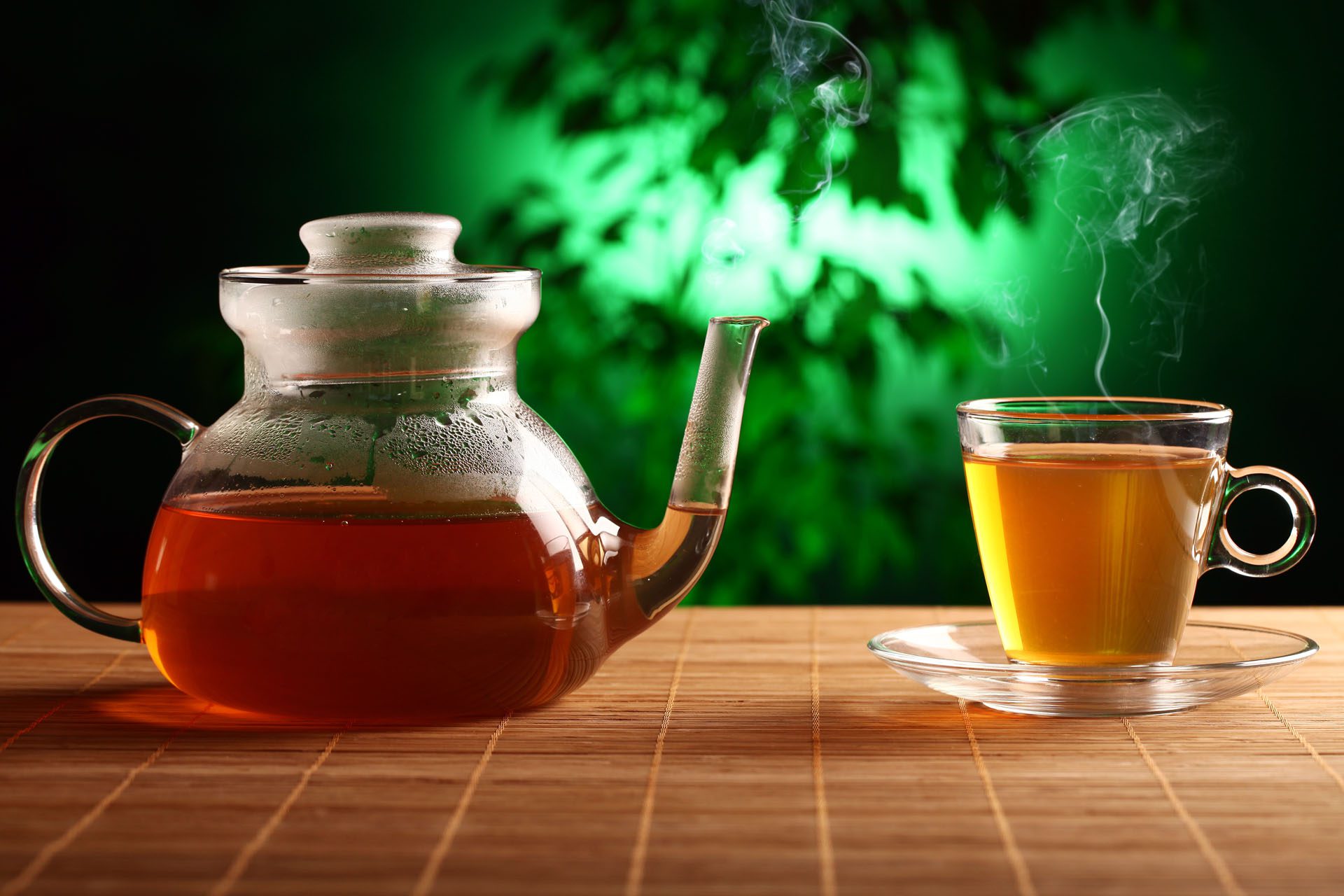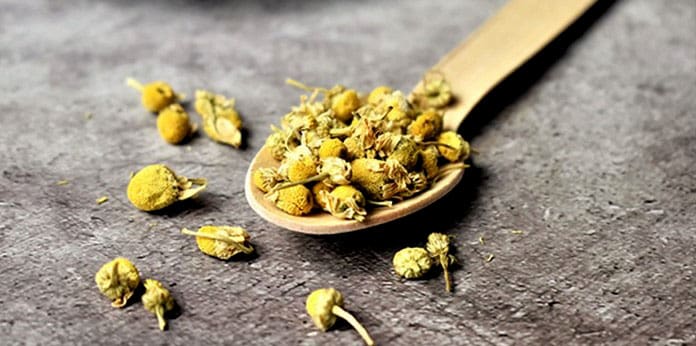Chiropractic Care After a Car Crash and Support Options
What are the benefits of having both a chiropractor and a nurse practitioner help with spine health after a car accident?

Benefits of a Nurse Practitioner and a Chiropractic Specialist in Motor Vehicle Collision
Motor vehicle collisions (MVCs) are a leading source of spinal injuries such as whiplash, ruptured discs, and soft tissue injury, all of which can cause severe pain and limit movement. These injuries typically demand a multimodal therapeutic strategy for short-term and long-term recovery. As advanced practice registered nurses, nurse practitioners provide medical examinations, write prescriptions, and manage overall health, whereas chiropractors specialize in musculoskeletal care, such as spine adjustments and manual therapies. The partnership of these clinicians strives to create a complete, patient-centered plan for post-MVC spine health. (Kent, R., et al., 2023)
A chiropractic and nurse practitioner team can provide comprehensive spinal health treatment to individuals recovering from car accident injuries. This treatment will concentrate on improving mobility and managing pain.
- A chiropractic and nurse practitioner team can offer a comprehensive approach to spinal health after a car accident by addressing pain, improving mobility, and facilitating faster recovery.
- Chiropractors focus on spinal alignment and joint mobility.
- Nurse practitioners provide broader medical oversight and patient education.
- The team approach can lead to more effective and personalized care for individuals recovering from car accident injuries. (Riva, J. J., et al., 2010)
Key advantages of this collaborative strategy include:
A chiropractor and nurse practitioner (NP) therapy team can offer comprehensive care for spine health following a motor vehicle collision (MVC) by combining their expertise to address immediate and long-term requirements.
Comprehensive and Interdisciplinary Care
- Working together, chiropractors and NPs can help with structural and systemic issues, leading to better results, especially for MVC-related spine injuries, notably chronic neck pain and headaches. (Riva, J. J., et al., 2010)
Customized Therapeutic Strategies
- Chiropractors and nurse practitioners develop individualized treatment regimens for patients that focus on their specific injuries and general health, including any pre-existing diseases and prescription requirements. This method improves results by adjusting treatment to the patient’s particular situation.
Managing pain without relying too much on drugs
- Chiropractic care uses non-invasive methods to ease pain, which may lead to less use of opioids. NPs can prescribe short-term pain relief and monitor side effects, ensuring safe use and reducing dependency risks. This mix of natural pain treatment and medical supervision lowers the risk of reliance and side effects. (Prater, C., Tepe, M., & Battaglia, P. 2020)
Faster healing and rehabilitation
- As demonstrated in the treatment of motor vehicle accidents, chiropractic adjustments can help joints work better and ease muscular spasms. NPs can send patients to physical therapy and monitor their progress. This coordinated treatment speeds up healing and lowers the chance of long-term back discomfort. This coordinated care speeds healing and reduces the risk of long-term problems like chronic back pain.
Insurance and Legal Assistance
- After an MVC, chiropractors and doctors must carefully record injuries and treatments for insurance claims or legal actions to ensure that patients receive fair reimbursement and coverage for their care.
Rationale for Efficacy Post-MVC
A team of nurse practitioners and chiropractors provides a patient-centered approach to spine health following motor vehicle collisions (MVCs). This team integrates NP’s medical management with chiropractic expertise to improve patient outcomes, reduce chronic risks, and enhance recovery. This method is especially beneficial for spine injuries that are complex and related to motor vehicle accidents (MVCs), as it guarantees both immediate relief and long-term health.
Injury Medical Chiropractic and Functional Medicine Clinic
Dr. Jimenez, a nurse practitioner, integrates chiropractic care with medical expertise to address various conditions. The clinic provides customized care programs integrating functional medicine, acupuncture, electro-acupuncture, and sports medicine. The clinic addresses chronic pain syndromes and injuries by prioritizing agility, flexibility, and strength. Comprehensive care plans and in-person and virtual health coaching guarantee individual wellness outcomes and treatment plans for patients of all ages and abilities.
Personal Injury Rehabilitation
References
Kent, R., Cormier, J., McMurry, T. L., Johan Ivarsson, B., Funk, J., Hartka, T., & Sochor, M. (2023). Spinal injury rates and specific causation in motor vehicle collisions. Accident; analysis and prevention, 186, 107047. https://doi.org/10.1016/j.aap.2023.107047
Riva, J. J., Muller, G. D., Hornich, A. A., Mior, S. A., Gupta, A., & Burnie, S. J. (2010). Chiropractors and collaborative care: An overview illustrated with a case report. The Journal of the Canadian Chiropractic Association, 54(3), 147–154.
Prater, C., Tepe, M., & Battaglia, P. (2020). Integrating a Multidisciplinary Pain Team and Chiropractic Care in a Community Health Center: An Observational Study of Managing Chronic Spinal Pain. Journal of primary care & community health, 11, 2150132720953680. https://doi.org/10.1177/2150132720953680


